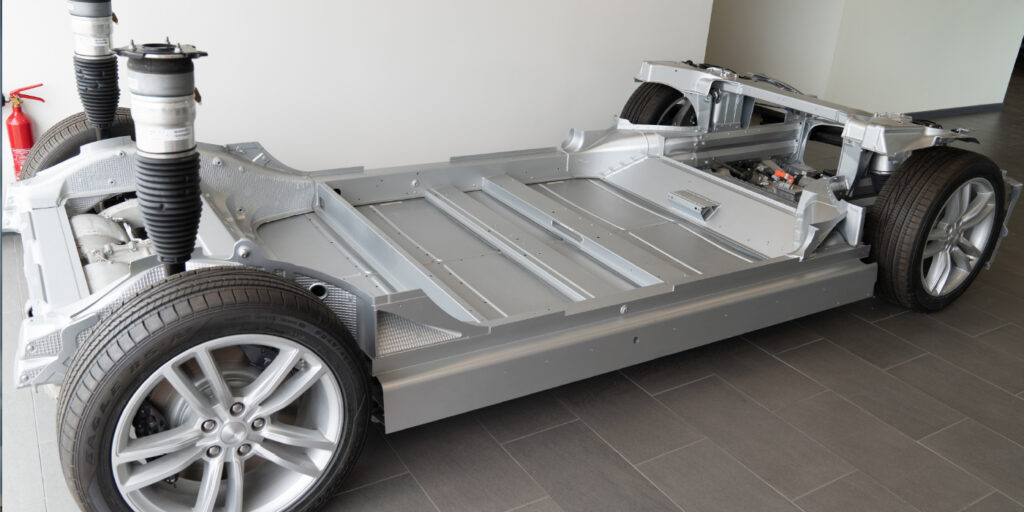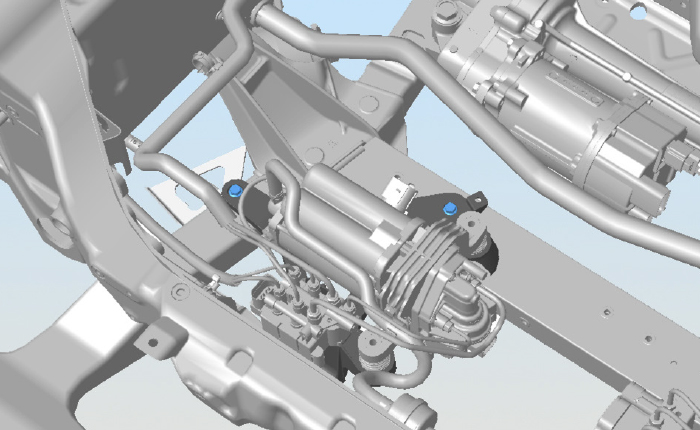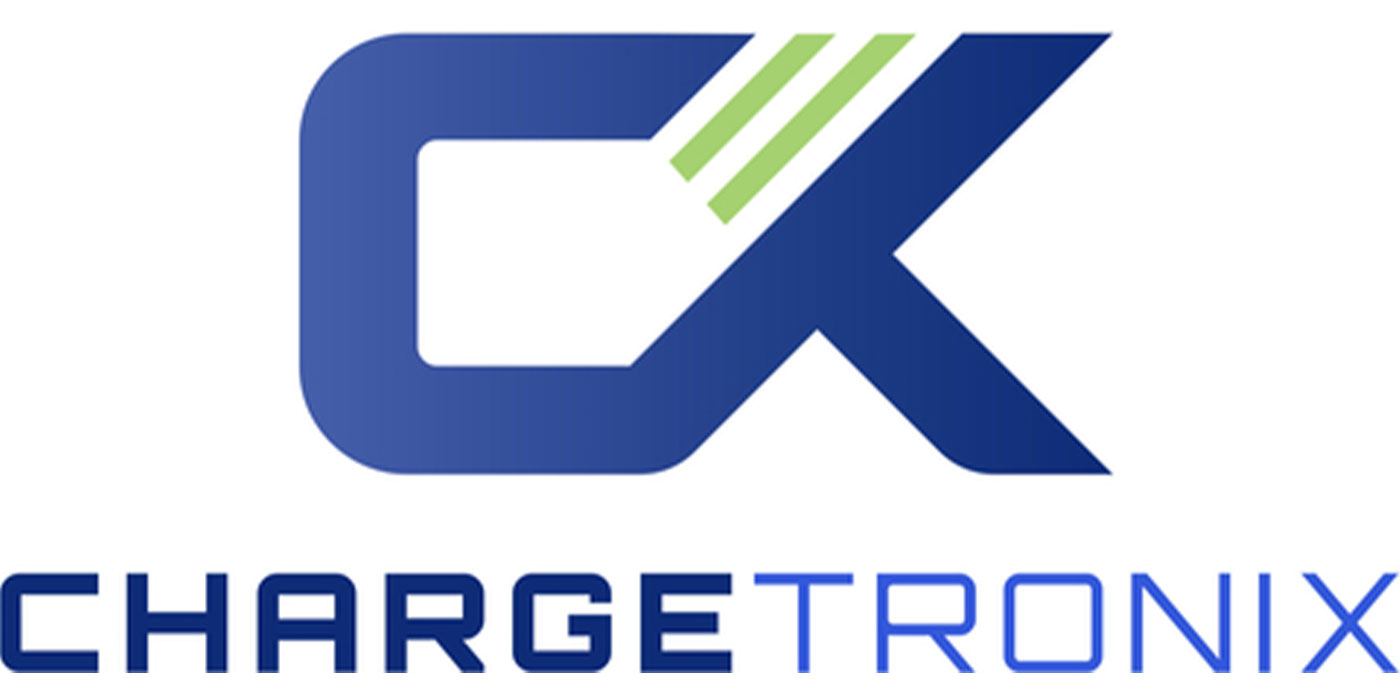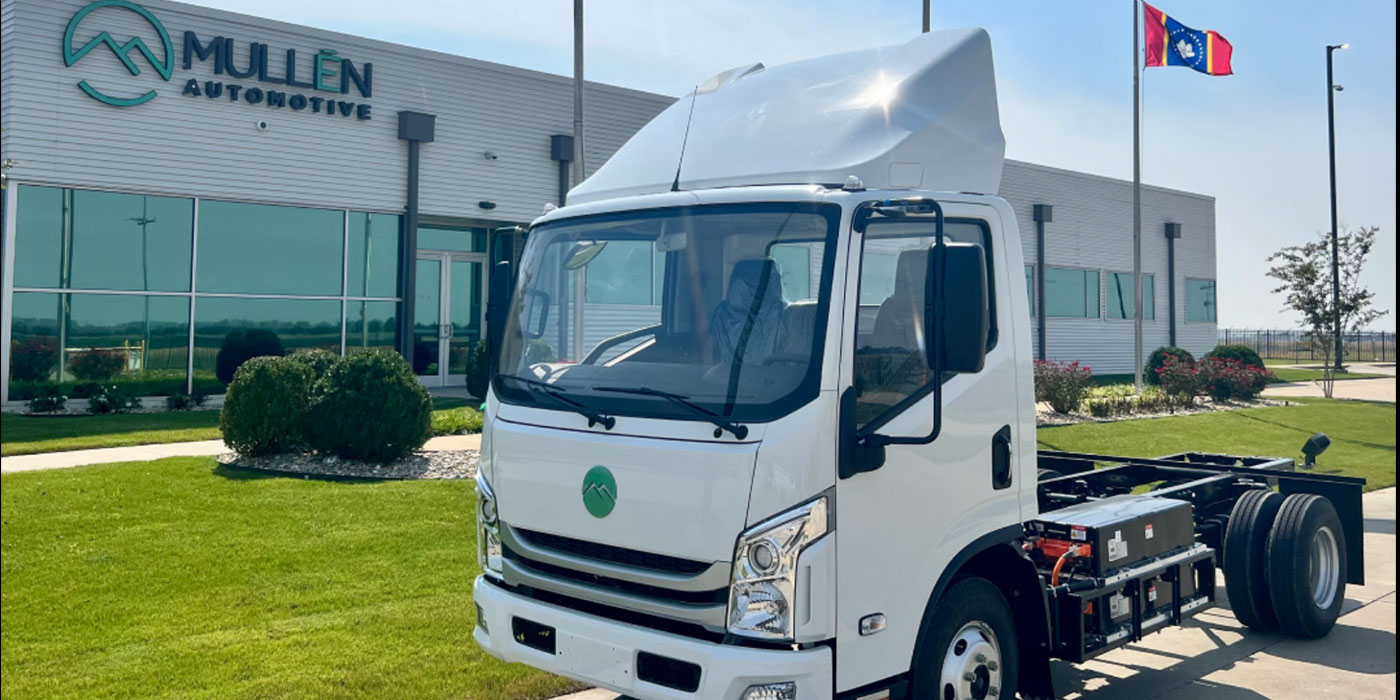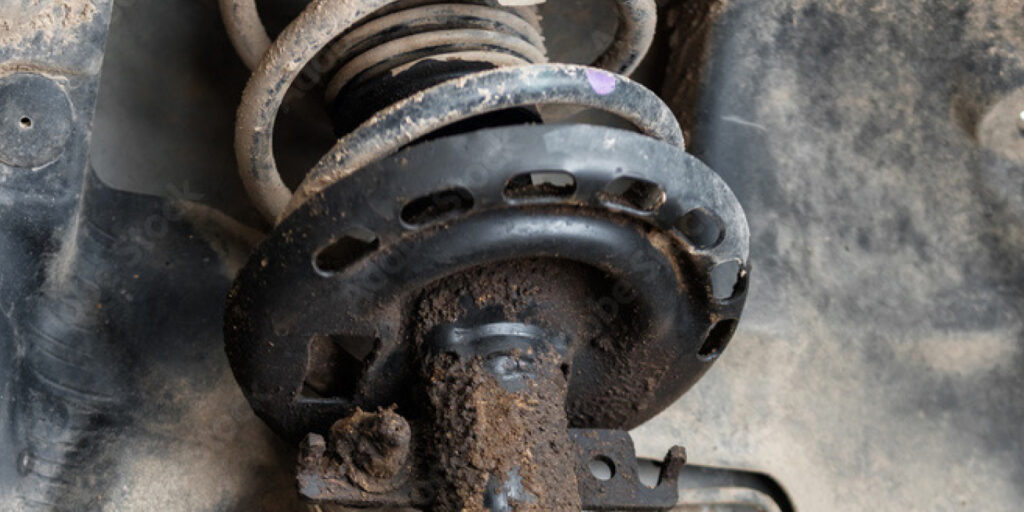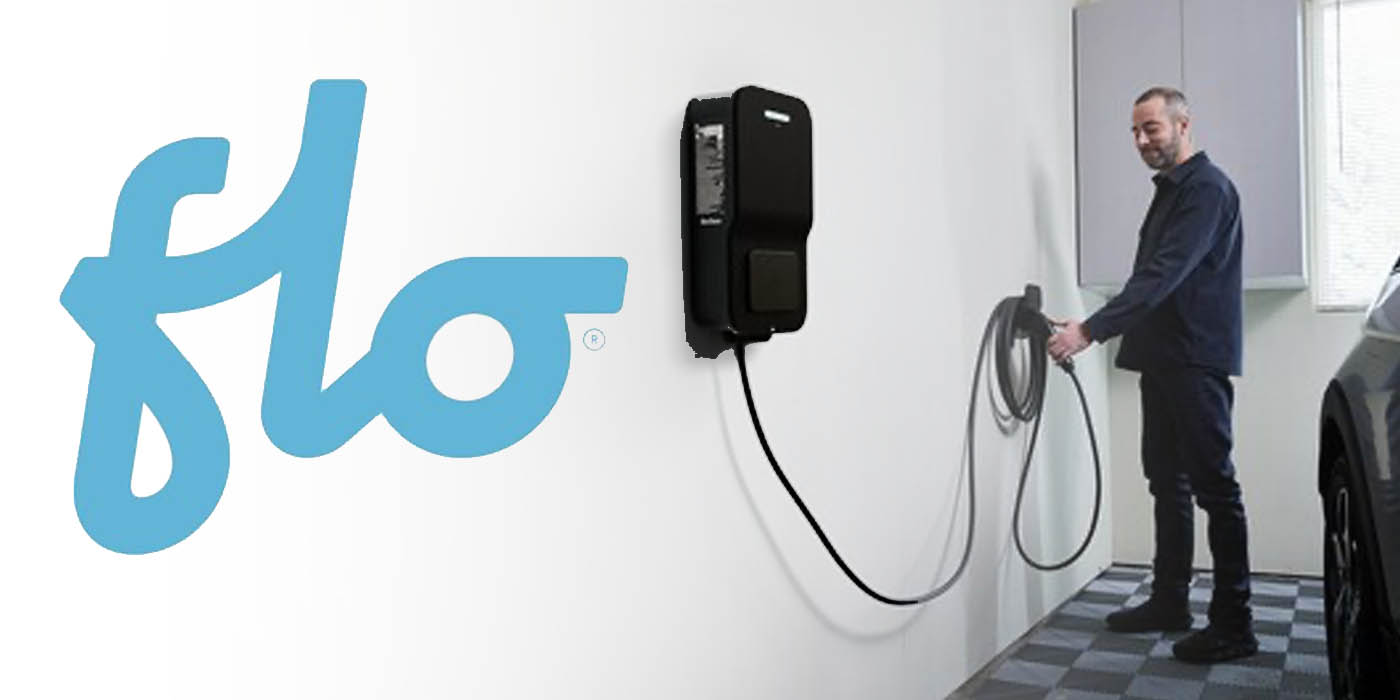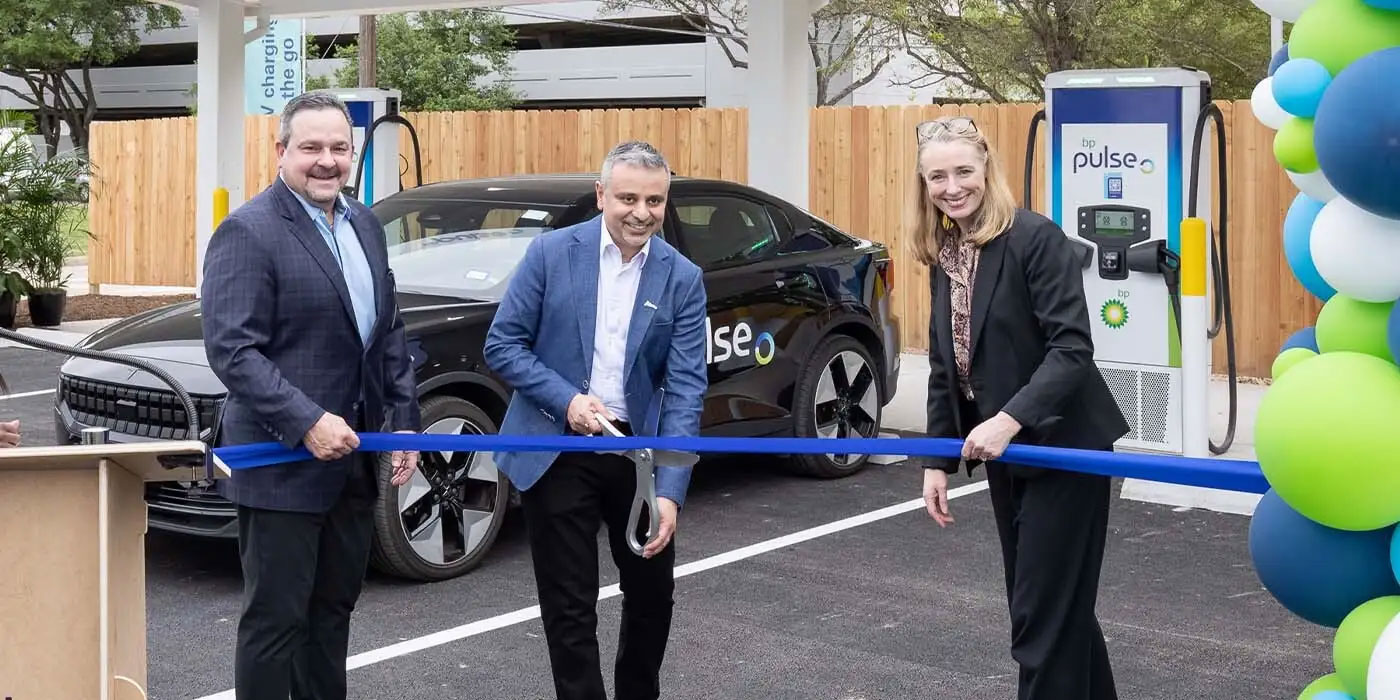The Model S Smart Air Suspension was an option in 2014, and it became standard for all Model S trims from 2017 to mid-2019. The four-corner system is similar to those found on European cars and trucks. The system uses an air compressor, reservoir and valve block that are all mounted in the trunk.
The 2014 and 2015 Model S suspensions use a system made by Continental. The 2016 to 2019 models use an air suspension made by Firestone. Both systems use the same component locations. But, the only fundamental changes between the two systems are how your scan tool connects and how it calibrates, depressurizes and pressurizes the system.
What makes Tesla’s air suspension “smart” is that it uses GPS information and vehicle speed to adjust the suspension ride height. The driver can set GPS waypoints for driveways, rough roads and other locations where the suspension needs to be raised. After a waypoint is set, the car will raise or lower automatically.
The suspension also trims the ride height depending on loads and speed. The system will lower the front at highway speeds to improve aerodynamics. The driver can select four modes manually. For example, if the owner selects very-high mode, the system will reduce the height from very-high to high at 22 mph and from high to standard at 35 mph.
The system has one airline going to each corner unit. The line is connected to the valve block that can exhaust pressure or add pressure to the corner from the reservoir. Most valve blocks have pressure sensors connected to the corner channels and the reservoir. The system can detect a leak by observing the pressure and height changes. The system will also set codes if the compressor run time does not match pressure changes in the reservoir.
Service
Like with any air ride system, you have to perform specific procedures before you can work on the suspension or lift the vehicle. The most common procedure is to put the suspension into jack or service mode before trying to lift the car. For some procedures like strut replacement, you will depressurize the system. This will require a scan tool to actuate the valves in the system.
The other service consideration is the voltage. This system uses the 12-volt system of the vehicle and not the high voltages from the battery pack. You do not have to worry about disconnecting the power system or 12-volt battery.
Most of the connections for the air lines use VOSS connectors. These compression-style fittings use collets and fittings to secure lines. Never reuse collets or fittings.
Nitrogen
The Smart Air System is filled with nitrogen from the factory. Nitrogen gas is more stable and drier than atmospheric air. In addition, the system is not completely sealed and can intake outside air, if required.
Under the access panel will be a Schrader valve that can be used to add nitrogen gas to the system. The valve can be mounted on the upper chassis brace on older models and on the reservoir for newer models. Tesla offers a special tool to connect a tank of nitrogen gas to the system and regulate the pressure between 8-9 bar (118-130 psi). The valve is not directly connected to the bladders on all four corners and will not change ride height. The air is directed first into the reservoir, and the valve block will then distribute the air to the units.
Tesla advises that shop air should not be applied to the service port due to moisture and contamination in compressed air. The system cannot detect whether the air inside the system is nitrogen or shop air.
During the pressurization procedures, the nitrogen tank is connected to the port, and your scan tool will actuate the valves and compressor to fill the system. The Tesla factory tool can select to pressurize the entire system or just one corner. The combo of the scan tool and nitrogen tank can be used to purge the dryer of moisture.
Calibration
After a strut or suspension component has been replaced, it is recommended that the ride height is calibrated. The procedure involves measuring points on the control arms and inputting these values into the scan tool for calibration. The system will calibrate the ride height and pressure sensors.
When calibration procedures are performed, the scan tool will require the door is shut, the windows are up, and the driver’s seat belt is buckled. You can trick the door switch by rolling the lock mechanism in the door.
If you can repair an air suspension on a domestic or import nameplate vehicle, you can service the air suspension on a Tesla Model S. You need the service information, which is now available at no charge for technicians. Next, you will need a factory or aftermarket scan tool to interface with the air suspension control module. The factory subscription for Tesla’s Toolbox will cost you $3,000 for 12 months. But, some aftermarket scan tools now offer Tesla coverage. Last, you need the tools to top off the nitrogen in the system.

